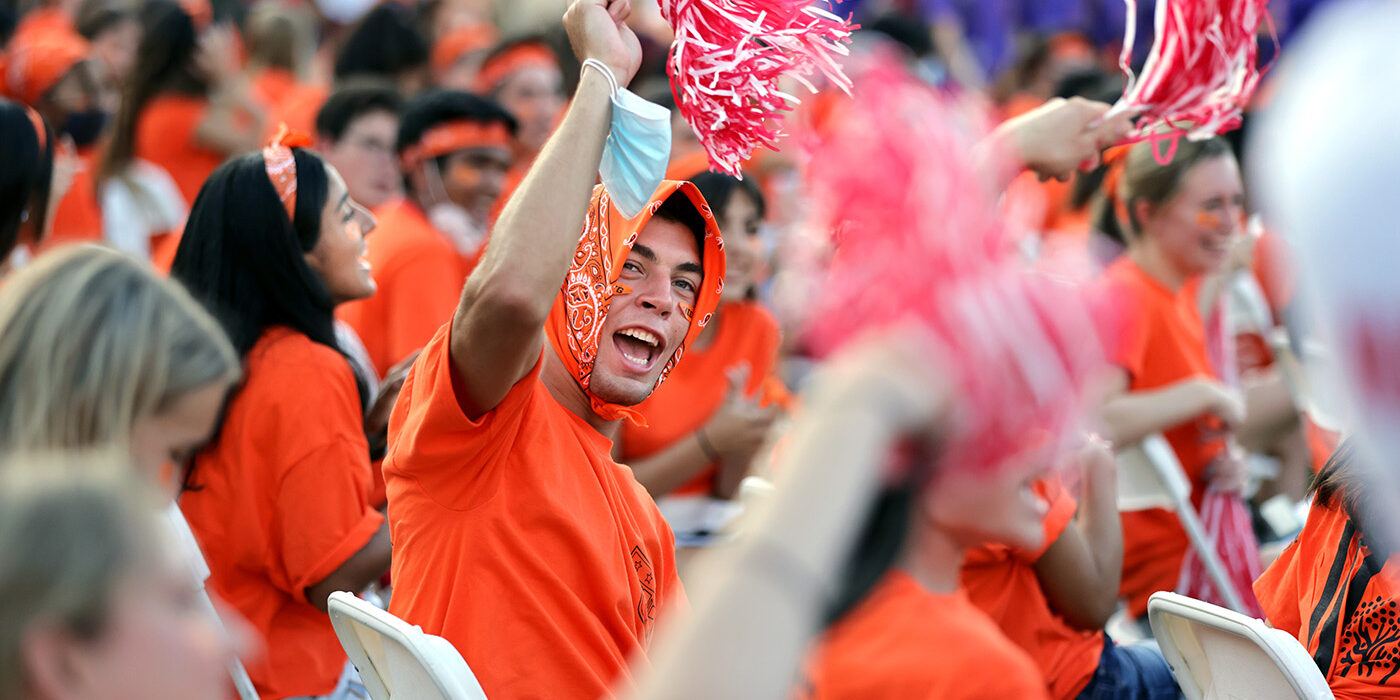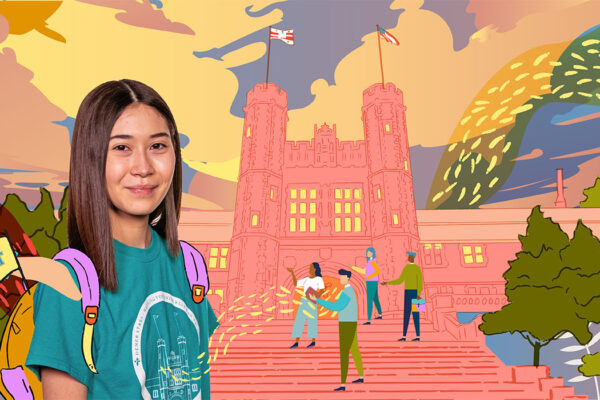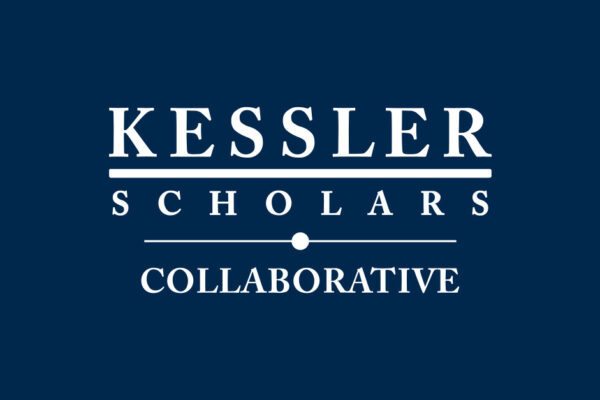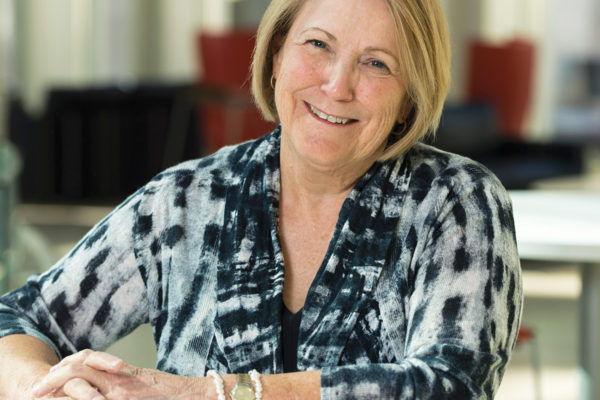Washington University in St. Louis has hit a major milestone in its quest to enroll more students with limited resources: 20% of the incoming Class of 2026 is Pell Grant-eligible, a 15 percentage-point increase from 10 years ago. In addition, 15% of incoming students will be the first in their families to attend college, and 51% identify as students of color.
In total, 1,826 first-year students from across the globe have enrolled in the Class of 2026 and will move onto the South 40 residential area Friday and Saturday, Aug. 19 and 20. They were selected from a field of 33,214 applicants.
“We’ve been working hard at this for a long time,” said Ronné Turner, vice provost for admissions and financial aid. “It is incredibly exciting to reach this goal and welcome students from all of these wonderfully diverse backgrounds.”
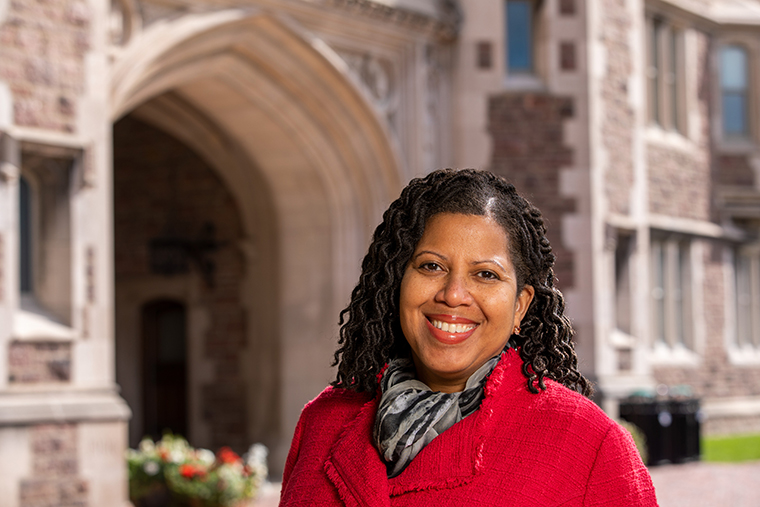
The university has made steady gains in economic diversity since 2015, when then-Chancellor Mark S. Wrighton announced a commitment to make Washington University more accessible. That effort got a big boost last fall, when Chancellor Andrew D. Martin announced the Gateway to Success initiative, which included $800 million in endowed funding to support need-blind undergraduate admissions — long a university priority.
Here, Turner shares more about the Class of 2026, how the COVID-19 pandemic continues to impact admissions and her office’s goals for the upcoming admissions cycle.
The American Talent Initiative found Washington University had the No. 1 Pell growth rate among 130 members between the 2015-16 and 2019-20 academic years. How has the university achieved such growth in its Pell population?
We have been very intentional and strategic about recruiting and enrolling students from limited-resource backgrounds. We have partnerships with community-based organizations such as Questbridge, Chicago Scholars and College Horizons, which help us identify talented students and remove barriers to access. Our need-based financial aid programs, which include no loans for admitted students from families with incomes of $75,000 or less, the WashU Pledge, meeting full demonstrated need, and the recent need-blind announcement are all policies that help make WashU more affordable.
How have changes on campus helped you recruit more Pell Grant-eligible students?
From the academic deans to the Office for Student Success and the federal Trio program, we have made a lot of progress in supporting students academically and socially. There are first-year startup grants to help students from limited-resource backgrounds transition to college; mentorship programs like Deneb STARS; and initiatives like the Chancellor’s Career Fellows Program, which provides career coaching and a stipend for a summer internship.
These programs demonstrate WashU’s commitment to making sure our campus is a welcoming place for students from all backgrounds. As prospective students and families learn more, particularly from their peers, they are more open to applying to and enrolling at WashU.
What else can you tell us about the Class of 2026?
The entering class is extremely talented. They have earned great grades in challenging courses and are all prepared to succeed at WashU. This class is also very resilient and they have continued to achieve while navigating life and school during COVID.
In terms of the demographics of the class, I want to emphasize that for the first time in the university’s history, 51% of the entering students identify as Black/African American, Hispanic/Latinx, Asian American or Native American or Pacific Islander. Additionally, the number of students who are international has increased from 6% last year to 11% this year. Five percent of the Class of 2026 are WashU Pledge students from Missouri and southern Illinois. There also is a small increase in the number of students whom we classify as moderate income. We are hopeful that as the word gets out that we are need-blind, more students from diverse socioeconomic backgrounds will be encouraged to apply. Typically, it takes a couple of years for prospective students and school counselors to really understand when policies change at institutions.
This year’s class is about 160 students smaller than the Class of 2025. Why is that?
Last year, we openly shared that we enrolled more students than we anticipated. Our enrollment models were impacted by the pandemic and it was difficult to predict how students would respond. This year the call was to ‘right size’ the entering class, and our goal was to enroll 1,810 students. At this point in time, we are expecting 1,826 students to move in this week.
How did the ongoing COVID-19 pandemic impact the admissions cycle?
This past year, the Sumers Welcome Center was open and we accommodated prospective student visitors, but there were limits to what we could offer families. For example, for much of the year we limited the number of visitors who could attend an on-campus information session. We did some recruitment travel, but many high schools weren’t ready to receive admissions representatives, and college fairs did not come back in full force. Though we hosted a variety of virtual activities, we weren’t able to interact with the students to the degree we like to. We’re hoping in the coming cycle, we can continue to move forward.
How are you planning on building on this year’s momentum?
First, we are fully open to visitors and will host many of the visit programs we offered prior to the pandemic. The admission officers will travel again throughout the world to speak with prospective students and their families about opportunities at WashU. In addition, there are two new programs that we are really excited about. One is the Kessler Scholars Program, which will target 20 first-generation and limited-income students who want to study science, technology, engineering and mathematics (STEM) and use their degrees to make the world a better place. Our twist — the emphasis on using STEM education to improve society — is really important and what makes our program unique.
There is also a new program to engage more talented students from rural communities in Missouri and southern Illinois. We have two admission officers devoted to visiting rural schools and reaching out to those students, a lot of whom don’t know about us. And next summer, we’ll be launching a summer program for rising seniors from rural communities. I expect we will see incremental increases in applications as we begin this work. We’ve got to build trust, show up and make those connections.
